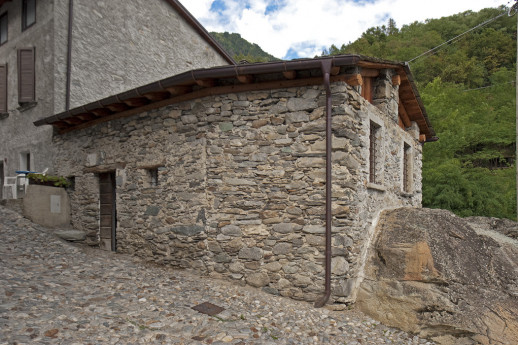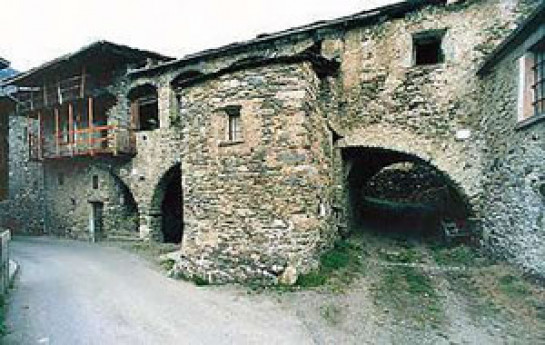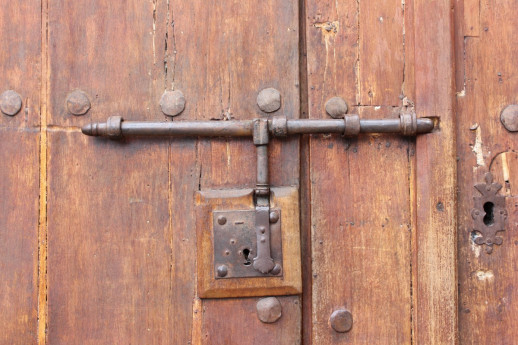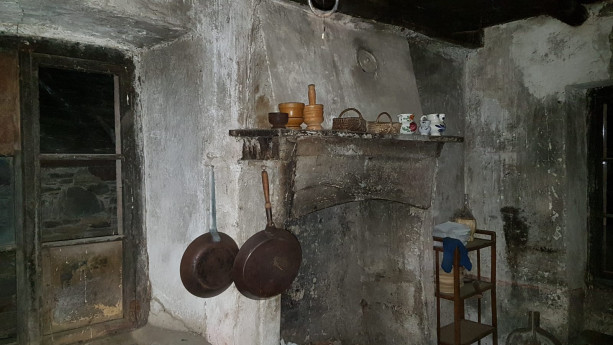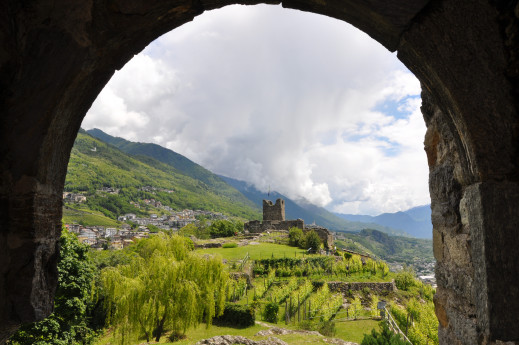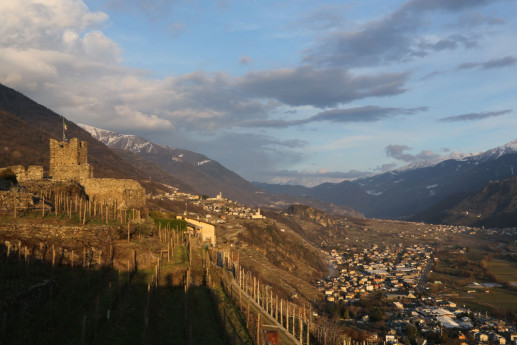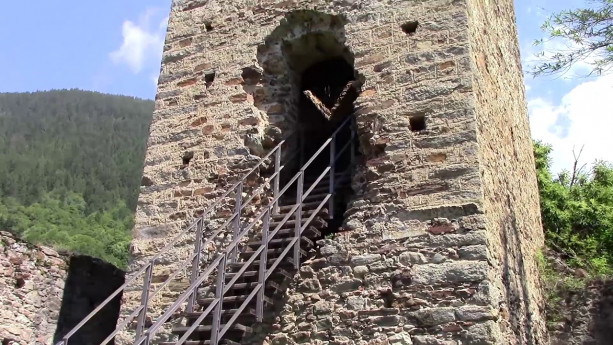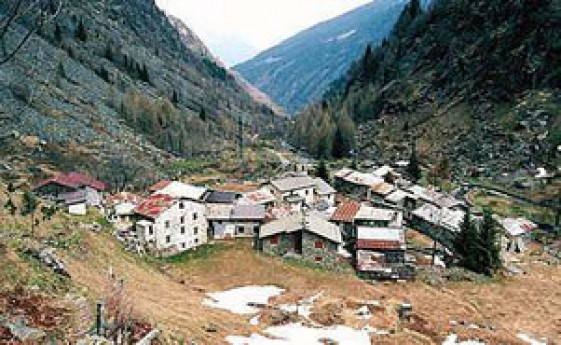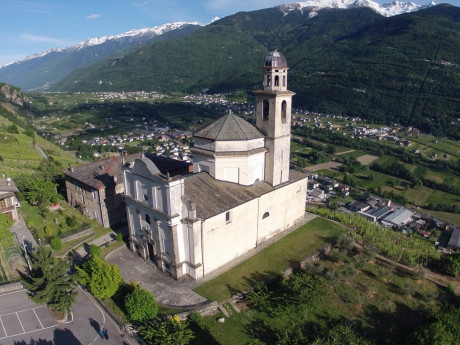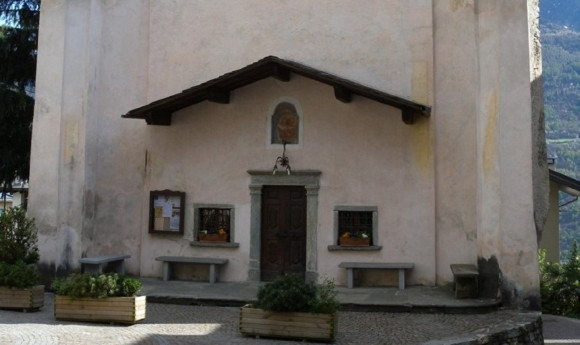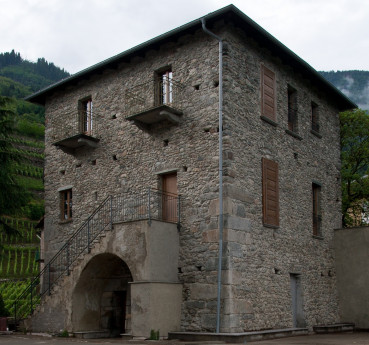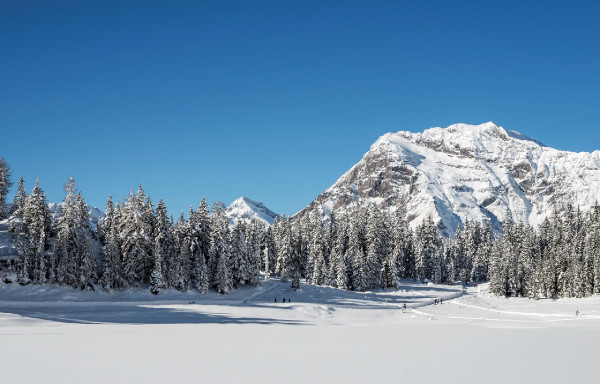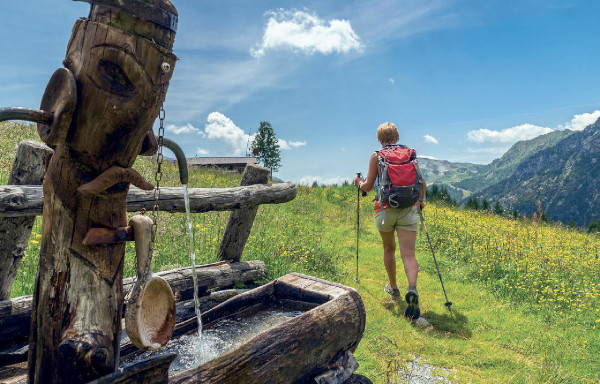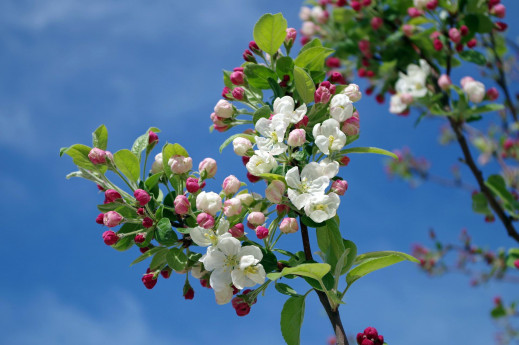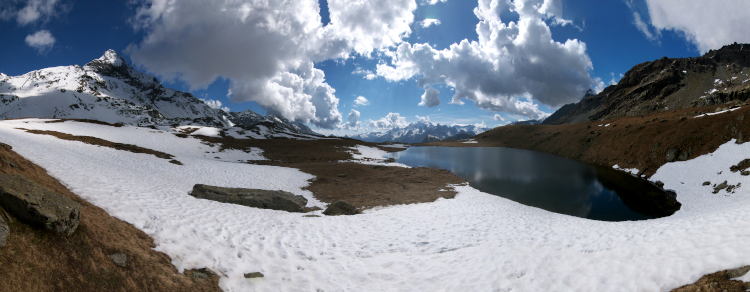Church of Our Lady of Good Counsel
The tiny Church of Our Lady of Good Counsel was built as a plea for instilling devotion in those of little faith.
The church used to be very popular and looked after, but it later remained closed until the renovation works that restored its dignity. The facade, on the Northern side, had been blackened by the smoke of the itinerant knife sharpeners and pewterers who used to stop just outside the church.
A wooden roof shelters the ancient portal (1696) and two stone benches against the external wall look like an invitation to prayer, but also to conversation, which in the past used to liven up the little square.

